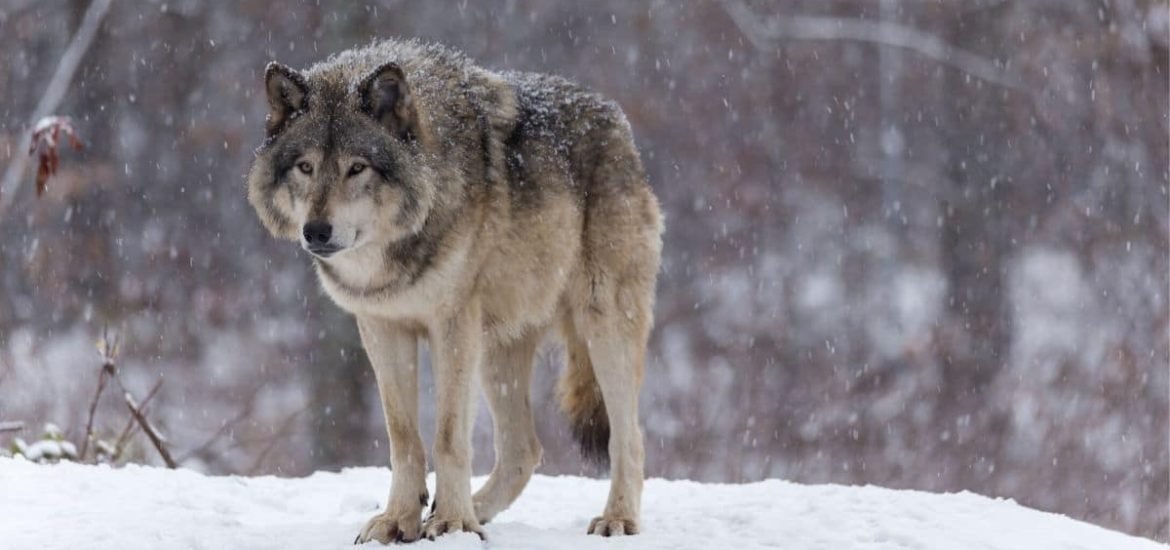
The culling of nearly 500 wolves in the Canadian provinces of Alberta and British Columbia has not slowed the decline of the most vulnerable mountain caribou, according to a new paper published on 14 July in the journal Biology and Conservation (1).
The distinct population of mountain caribou found in Western Canada has severely declined in recent decades with some populations are teetering on the brink of extinction. As part of the multimillion-dollar caribou recovery plan, more than 460 wolves are believed to have been killed over the past year. Sadly, their deaths may have been in vain.
The decision was based on a research paper published in 2019 in the Proceedings of the National Academy of Sciences (PNAS), which claimed that killing wolves and fencing pregnant caribou would save the endangered animals (2). But it seems their findings were based on a glaring statistical error.
A team of researchers at the University of Alberta decided to re-analyze the same data. This time, they added a null model to their simulations as a “self-check” to determine whether the pattern reported in the first influential study – which formed the basis of the cull – was indeed real or just random variation.
They found no evidence that culling wolves and penning in pregnant caribou offsets the population decline. Co-author Dr Viktoria Wagner said: “No matter how you calculate it, the statistics don’t back up culling wolves or fencing in caribou.”
In fact, the authors report that the steepest declines in caribou populations are in southern British Columbia in areas where wolves are not major caribou predators. For instance, a low number of deep-snow mountain caribou from Wells Gray Park into the Kootenays are killed by wolves, yet experienced the sharpest decline.
“This means something is going on that’s killing off an endangered species and it isn’t being addressed by predator management,” said co-author Dr Toby Spribille. “This is an uncomfortable conversation to have but it should not be left out of scientific models. If decision-makers are going to be serious about species conservation, it’s really critical that they get all the information.”
Research and policy often focus on predation because it simple and easy to communicate, but the story is much more complex and other factors need to be considered. The authors say the loss of habitat due to human encroachment – for example, logging and snowmobiling – as well as snowpack variation are more likely the main drivers. Indeed, the endangered caribou depend on old forests that often fall victim to logging – and that also grow on top of highly coveted oil-and-gas deposits, according to the Atlantic.
Lead author Dr Lee Harding, a retired biologist for Environment Canada and the Canadian Wildlife Service, explained: “Forests provide caribou with refuge from wolves and separation from other prey animals, including elk, moose, and deer. Without them, caribou must constantly be on the move to find food, exposing them on all sides. Predators are just one of the hazards.”
(1) Harding, L.E. et al. No statistical support for wolf control and maternal penning as conservation measures for endangered mountain caribou. Biodiversity and Conservation (2020). DOI: 10.1007/s10531-020-02008-3
(2) Serrouya, R. et al. Saving endangered species using adaptive management. Proceedings of the National Academy of Sciences (2019). DOI: 10.1073/pnas.1816923116